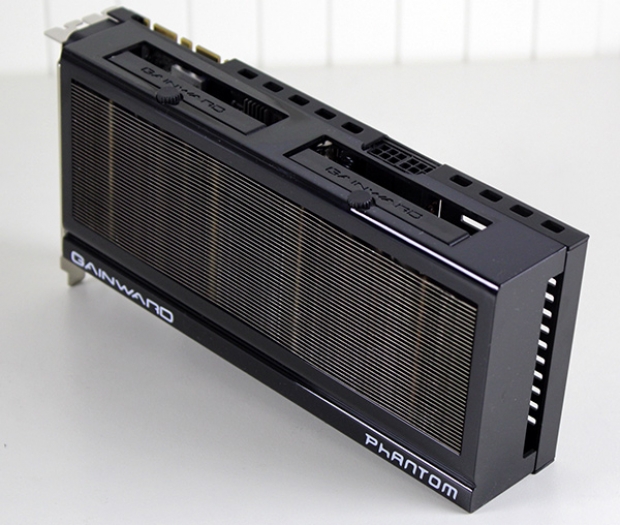Nvidia has released two new graphics cards based on its latest Maxwell GPU architecture. The Geforce GTX 970 and Geforce GTX 980 will replace the outgoing Kepler-based Geforce GTX 780 and Geforce GTX 780Ti.
Although Nvidia showed off GTX 970 referent cards, we don’t expect to see many of them in retail. Nvidia gave its AIB partners the green light to offer custom designs at launch, so we are already seeing GTX 970 cards with factory overclocks and custom coolers.
Gainward is offering two 970-series cards. The first one works at reference clocks and comes with a custom blower cooler. The second one is factory overclocked card and comes with the Phantom cooler, which is supposed to ensure quiet operation at the higher clocks.
The GTX 970 Phantom works at a base clock of 1152MHz, while the reference GPU base clock is 1050MHz. Nvidia's GPU Boost 2.0 takes the average GPU clock to 1178MHz for the reference GPU and to 1304MHz for the Phantom card.
GTX 980 and GTX 970 are based on the new 28nm GM204 GPU. The GTX 980 comes with 2048 CUDA cores, while the GTX 970 has 1664 CUDA cores enabled. Three out of sixteen streaming multiprocessors, which each hold 128 CUDA cores, are disabled on the GTX 970.
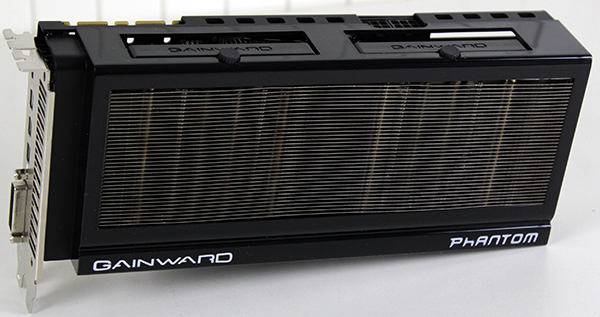
In addition to the relatively impressive GPU clock, the Phantom also looks good. It uses a massive triple-slot cooler and it looks like it means business, but then again a triple-slot cooler isn’t a great choice for all users.
The fans can be removed without removing the heatsink or messing with the wiring. You just need to undo a single screw and pull the fan out of the heatsink. This clever trick was introduced on Gainward’s Kepler generation cards and it saves a lot of time if you need to clean your card.
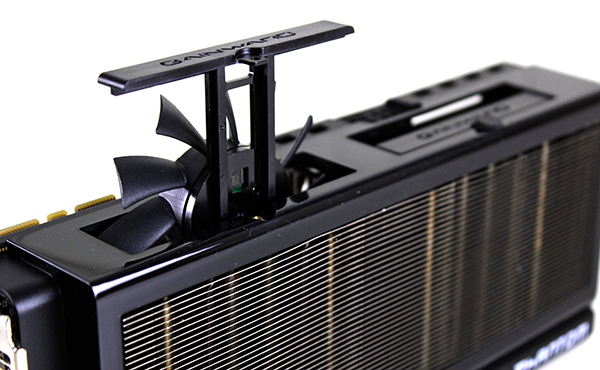
The GTX 980 has a TDP of 165W, while the GTX 970 is rated at 145W (both cards require two 6-pin power connectors). The old GTX 780 Ti and GTX 780 have a TDP of 250W.
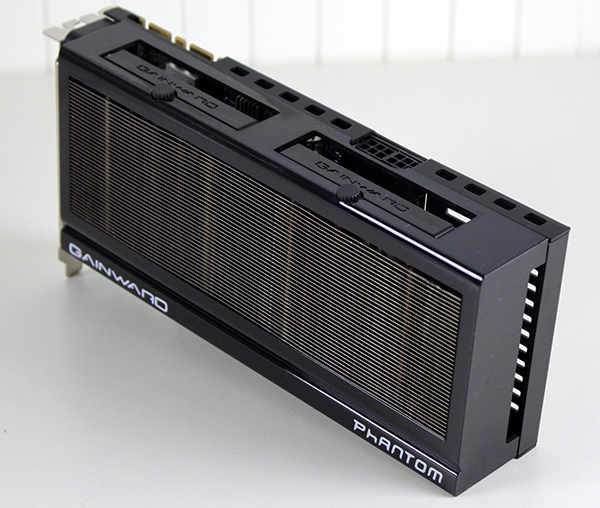
As far as video outputs on the reference GTX 970 are concerned, few users will have a reason to complain. The reference card features three DisplayPort connectors, an HDMI 2.0 connector (allowing you to run 4K@60Hz), and a dual-link DVI output for a total of five connectors.
The Gainward GTX 970 Phantom features the same number of connectors as the reference card, but it uses mini HDMI and mini DisplayPort connectors. They might not be the best choice for all users.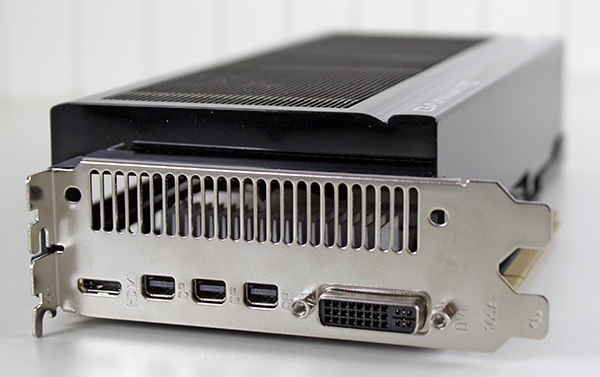

Just like their predecessors, GTX 980 and GTX 970 are capable of delivering smooth frame rates at resolutions up to 2560x1600. In case you are planning to build a 4K capable rig, two GTX 970 cards should be enough for good frame rates and anti-aliasing in demanding titles.
The Phantom’s performance is almost on a par with the EVGA GTX 970 Superclocked, which boasts a somewhat higher GPU clock. Despite the factory overclock, the Phantom cooler is still quiet and noise is simply not an issue. However, the GTX 970 Phantom heats up to 80 degrees Celsius and this is the price it pays for silence.
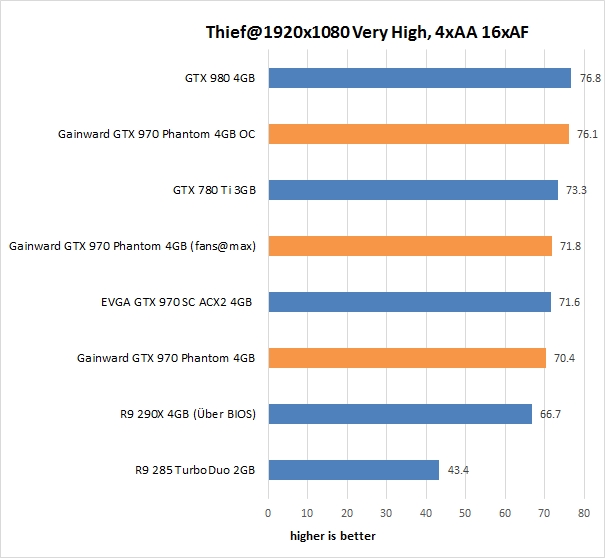
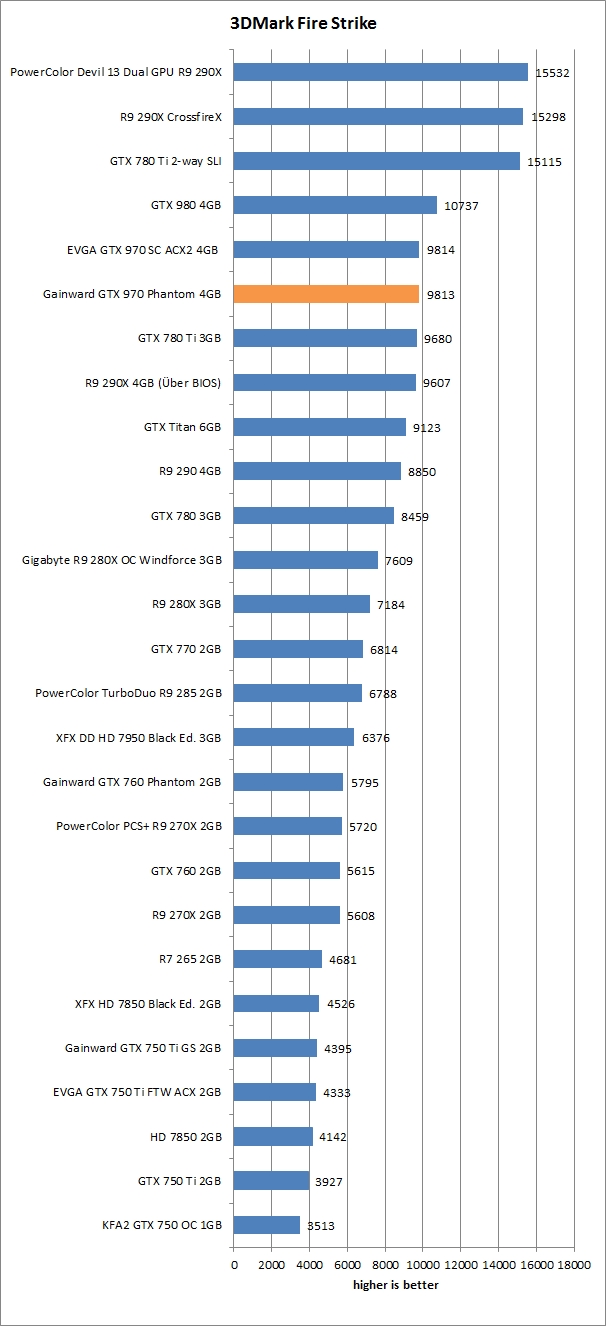
The GTX 970 Phantom is already shipping in Europe and it costs 20 to 30 euro more than the reference clocked Gainward GTX 970.

